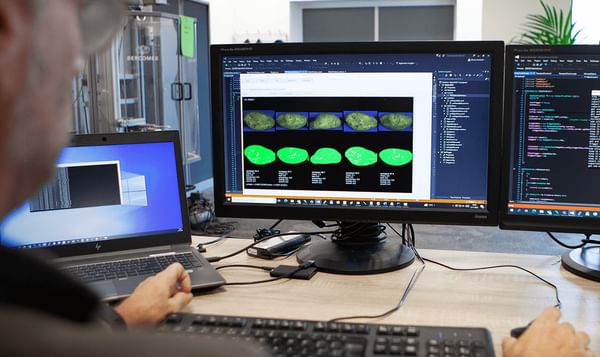Q: How do heat utilization and product ingredients impact fryer performance?
A: High convection heat transfer rates in frying oil play a key role in fryer operating performance because they help processors set desired coatings and develop texture and product color. Heat transfer is further enhanced from the moisture that food products release into the oil while in the fryer. Coatings, marinades, ingredients and spices can impact the frying process by creating complex chemical reactions. These chemical reactions rapidly degrade cooking oil, in particular trans-fat-free oils, which have a lower heat threshold than partially hydrogenated oils.
Q: How can I minimize cooking oil degradation to enhance the operating performance of my fryer?
A: Efficient transfer of heat results in less damage to the cooking oil. The JBT FoodTech Stein™ TFF-IV THERMoFIN® Fryer improves thermal performance and extends oil life by design. The THERMoFIN fryer features a heat exchanger with a large heat transfer surface area that maintains low internal oil volume and rapid thermal fluid flow rates. This combination has proven to deliver consistent temperatures within the fryer with fast reaction times to correct for load interruptions. The resulting more uniform fryer temperatures can be combined with advanced filtration methods such as the MX Series MicroMax™ filter, to extend the life of frying oil, increasing product quality and improving energy efficiency.
Newer models of THERMoFIN fryers are equipped with dual exhausts at the ends of the fryer hood to more evenly distribute moisture given out by the product. Also, the total discharge volume has been substantially reduced. This helps to significantly reduce oxidation by essentially creating a steam blanket over the cooking oil while serving as an enabler to reduce energy usage. Moreover, the lowered exhaust volumes reduce the oil carryover from the fryer tank, while significantly reducing emission control costs. This further reduces the total energy consumption of the fryer when air cleanup costs are factored in.
Q: What is the best way to ensure new recipes do not amplify oil degradation and cause processing problems?
A: Every new coated product introduced to the market should undergo thorough analysis of the frying and filtering process, particularly when moving away from using partially hydrogenated cooking oils. Instead of shutting down the production line for testing, processors can analyze their recipe and determine how it performs in the production line at the Food Processing Technology &Training Center. The training center is fully equipped with processing systems that portion, coat, fry, filter, cook and freeze. Specialists can set up forming, slicing, grinding or other equipment so processors may replicate every step in the process of their production line.
Source: JBT Foodtech News












